Geometry can be a fascinating subject, but sometimes it throws us curveballs in the form of missing angles. Those empty spaces on a diagram, labeled with a question mark or a variable, can seem daunting. But fear not! Solving for missing angles is a fundamental skill in geometry, and with the right knowledge and a systematic approach, you can conquer any “Finding Missing Angles” worksheet that comes your way. This post is your guide to understanding the principles behind finding these hidden angles and navigating those challenging exercises.
Understanding the Basics of Angles
Before diving into specific strategies, let’s refresh our understanding of key angle relationships. These are the building blocks upon which we’ll solve more complex problems:
- Right Angle: A right angle measures exactly 90 degrees. It is often represented by a small square at the vertex (corner) of the angle.
- Straight Angle: A straight angle forms a straight line and measures 180 degrees.
- Acute Angle: An acute angle measures less than 90 degrees.
- Obtuse Angle: An obtuse angle measures greater than 90 degrees but less than 180 degrees.
- Reflex Angle: A reflex angle measures greater than 180 degrees but less than 360 degrees. While less common on basic worksheets, it’s good to be aware of.
Knowing these basic angle types is crucial, but the real magic happens when we combine them!
Key Angle Relationships to Remember
Now, let’s delve into the angle relationships that are most frequently used on “Finding Missing Angles” worksheets:
- Complementary Angles: Two angles are complementary if their measures add up to 90 degrees. If you know one angle in a complementary pair, you can easily find the other by subtracting it from 90.
- Supplementary Angles: Two angles are supplementary if their measures add up to 180 degrees. Similar to complementary angles, if you know one angle in a supplementary pair, you can find the other by subtracting it from 180.
- Vertical Angles: Vertical angles are formed when two lines intersect. They are the angles opposite each other at the point of intersection. A key property is that vertical angles are *always* congruent (equal in measure).
- Angles on a Straight Line: Angles that form a straight line are supplementary, meaning their measures add up to 180 degrees. This is a special case of supplementary angles and incredibly common in missing angle problems.
- Angles Around a Point: The sum of all angles around a single point is always 360 degrees.
- Angles in a Triangle: The sum of the interior angles in any triangle is always 180 degrees. This is perhaps one of the *most* important theorems to remember.
- Angles in a Quadrilateral: The sum of the interior angles in any quadrilateral (four-sided shape) is always 360 degrees.
These relationships are your tools. Mastering them will unlock the secrets of those missing angles!
Tackling a “Finding Missing Angles” Worksheet: A Step-by-Step Approach
Here’s a structured approach to solving problems on a “Finding Missing Angles” worksheet:
- Read the Directions Carefully: This seems obvious, but make sure you understand exactly what the question is asking. Are you finding just one missing angle, or multiple? Are there any specific instructions about rounding or labeling?
- Identify Known Angles and Relationships: Look at the diagram carefully. Are there any right angles marked? Do you see any straight lines? Are there any intersecting lines forming vertical angles? Identify all the given information and any immediate angle relationships you can spot.
- Use Angle Relationships to Form Equations: Based on the relationships you’ve identified, set up equations to represent the problem. For example, if you know two angles are supplementary, you can write an equation like: angle A + angle B = 180. If angle A is known, you can then solve for angle B.
- Solve the Equation(s): Use algebraic techniques to solve for the missing angle(s). Remember to show your work! This will help you (and your teacher) understand your reasoning and identify any potential errors.
- Check Your Answer: Once you’ve found the missing angle(s), plug them back into the original equation(s) to make sure they satisfy the conditions. Also, consider if the answer makes sense in the context of the diagram. Is the angle acute, obtuse, or right, based on its appearance?
Example Problems and Solutions (Answer Key – HTML List)
To solidify your understanding, let’s look at some example problem types you might encounter on a “Finding Missing Angles” worksheet. Assume each example is a separate problem on the worksheet. These are simplified for brevity.
-
Problem: Two angles are complementary. One angle measures 35 degrees. Find the measure of the other angle.
Solution:- Let x be the missing angle.
- Equation: x + 35 = 90
- Solving for x: x = 90 – 35 = 55
- Answer: 55 degrees
-
Problem: Two angles form a straight line. One angle measures 120 degrees. Find the measure of the other angle.
Solution:- Let x be the missing angle.
- Equation: x + 120 = 180
- Solving for x: x = 180 – 120 = 60
- Answer: 60 degrees
-
Problem: In a triangle, two angles measure 60 degrees and 70 degrees. Find the measure of the third angle.
Solution:- Let x be the missing angle.
- Equation: x + 60 + 70 = 180
- Solving for x: x + 130 = 180 => x = 180 – 130 = 50
- Answer: 50 degrees
-
Problem: Two lines intersect. One angle measures 45 degrees. Find the measure of the vertical angle.
Solution:- Vertical angles are congruent.
- Answer: 45 degrees
-
Problem: Find the value of x, if the angles surrounding a point are 90°, 120°, and x.
Solution:- The sum of the angles around a point is 360 degrees.
- Equation: 90 + 120 + x = 360
- Solving for x: 210 + x = 360 => x = 360 – 210 = 150
- Answer: 150 degrees
By practicing these techniques and familiarizing yourself with the common angle relationships, you’ll be well-equipped to tackle any “Finding Missing Angles” worksheet and confidently solve for those elusive angles!
If you are looking for Find The Missing Angle Worksheet – E-streetlight.com you’ve came to the right place. We have 20 Pics about Find The Missing Angle Worksheet – E-streetlight.com like Angles on Parallel Lines (B) (With Clues) Worksheet | Fun and, Finding Missing Angles In Parallel Lines Worksheet KS3 Maths and also SOLUTION: Finding missing angles worksheet – Studypool. Read more:
Find The Missing Angle Worksheet – E-streetlight.com
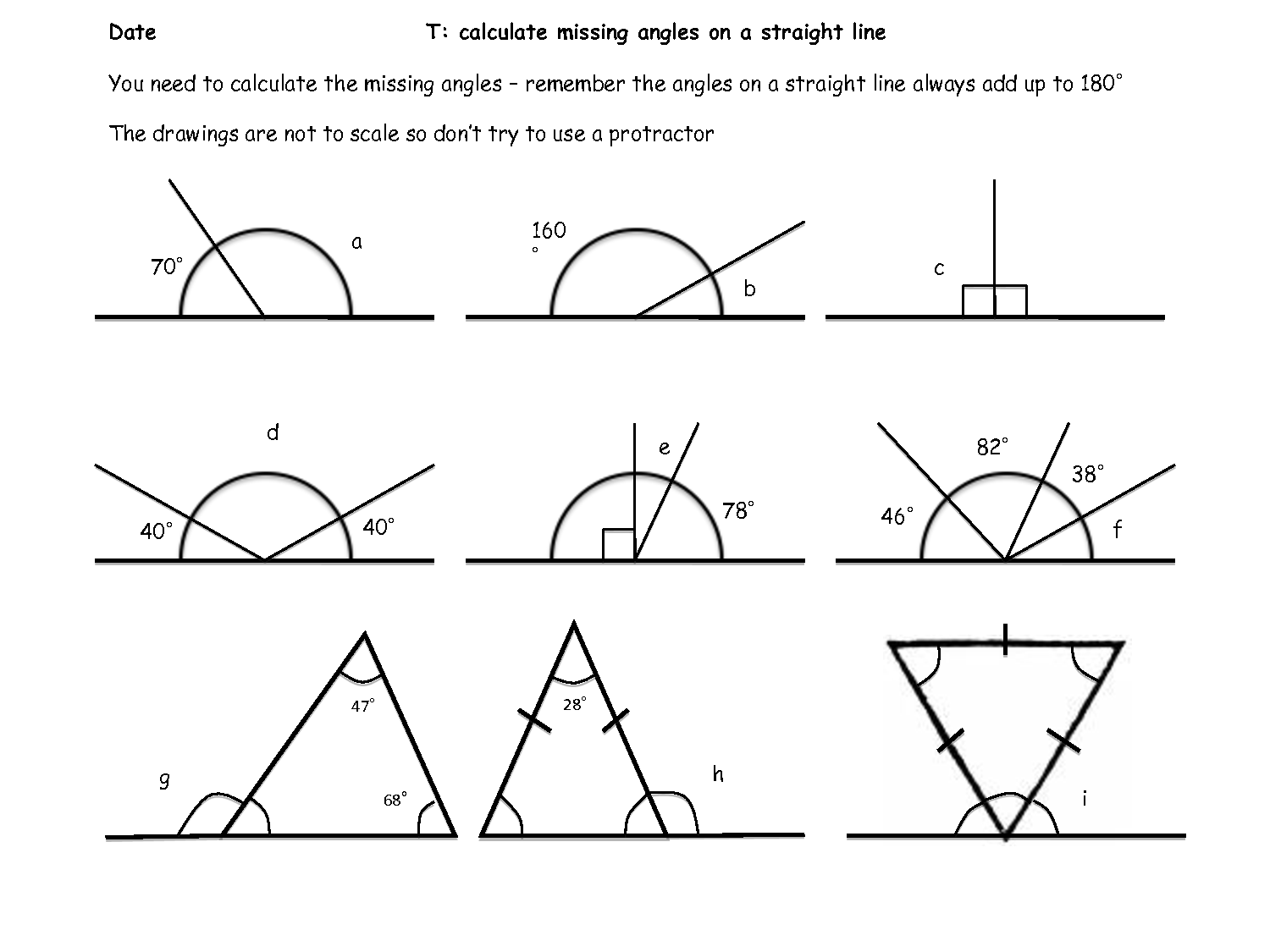
www.e-streetlight.com
Learn Trigonometry To Find Missing Angles In A Right-Angled Triangle
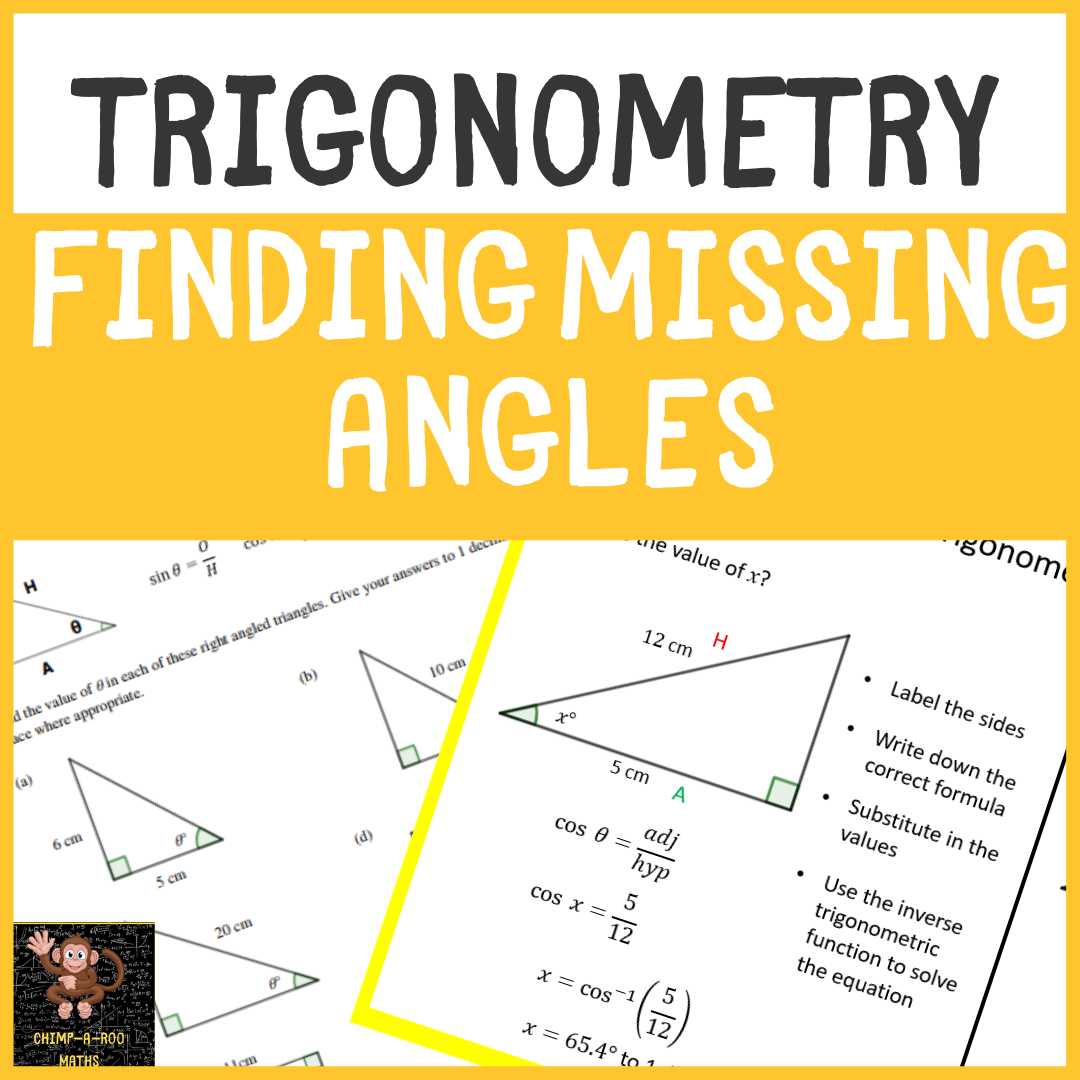
lessonplanned.co.uk
Find Missing Angles Worksheet – Printable Word Searches
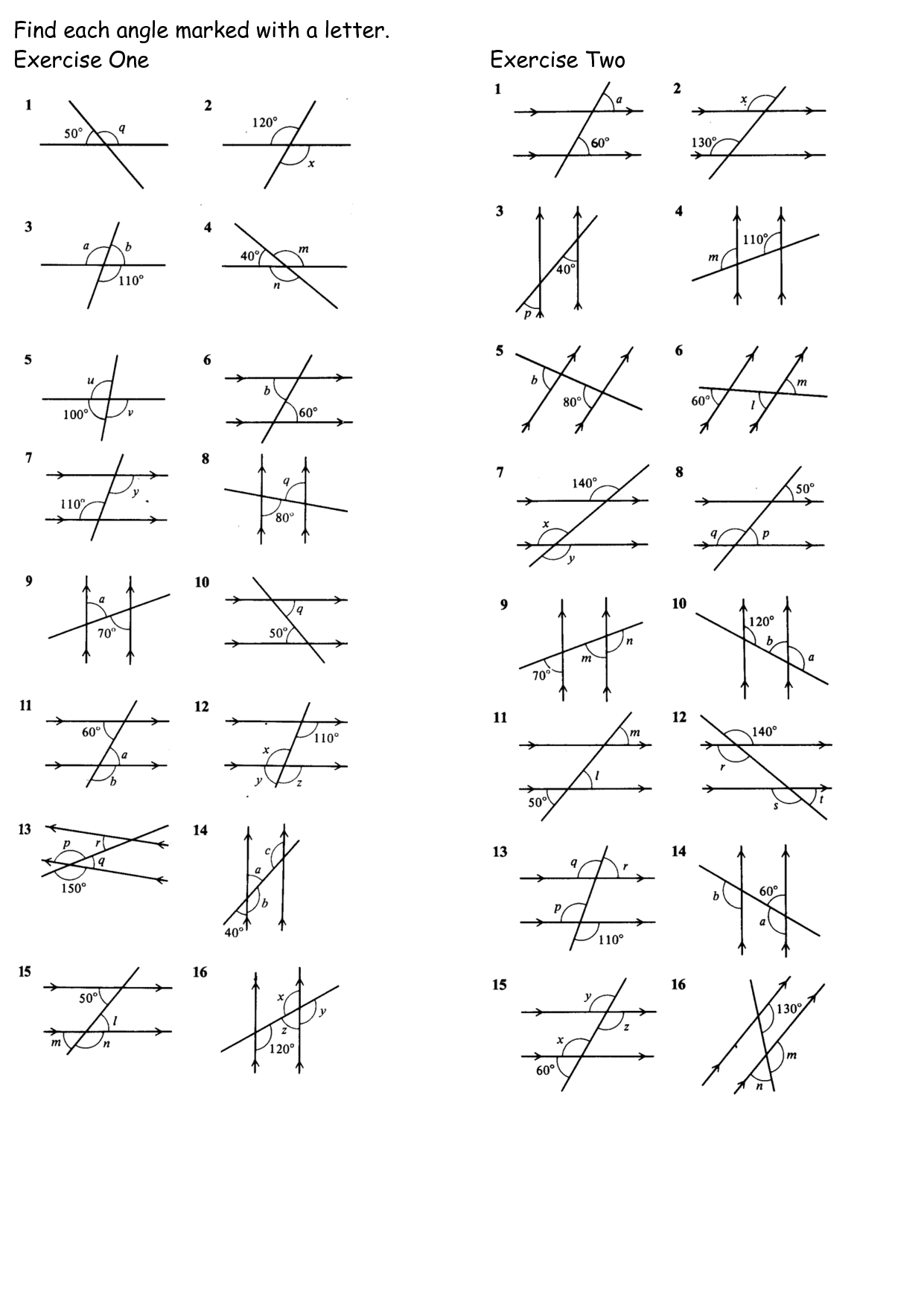
davida.davivienda.com
Find The Missing Angle Worksheet – Owhentheyanks.com
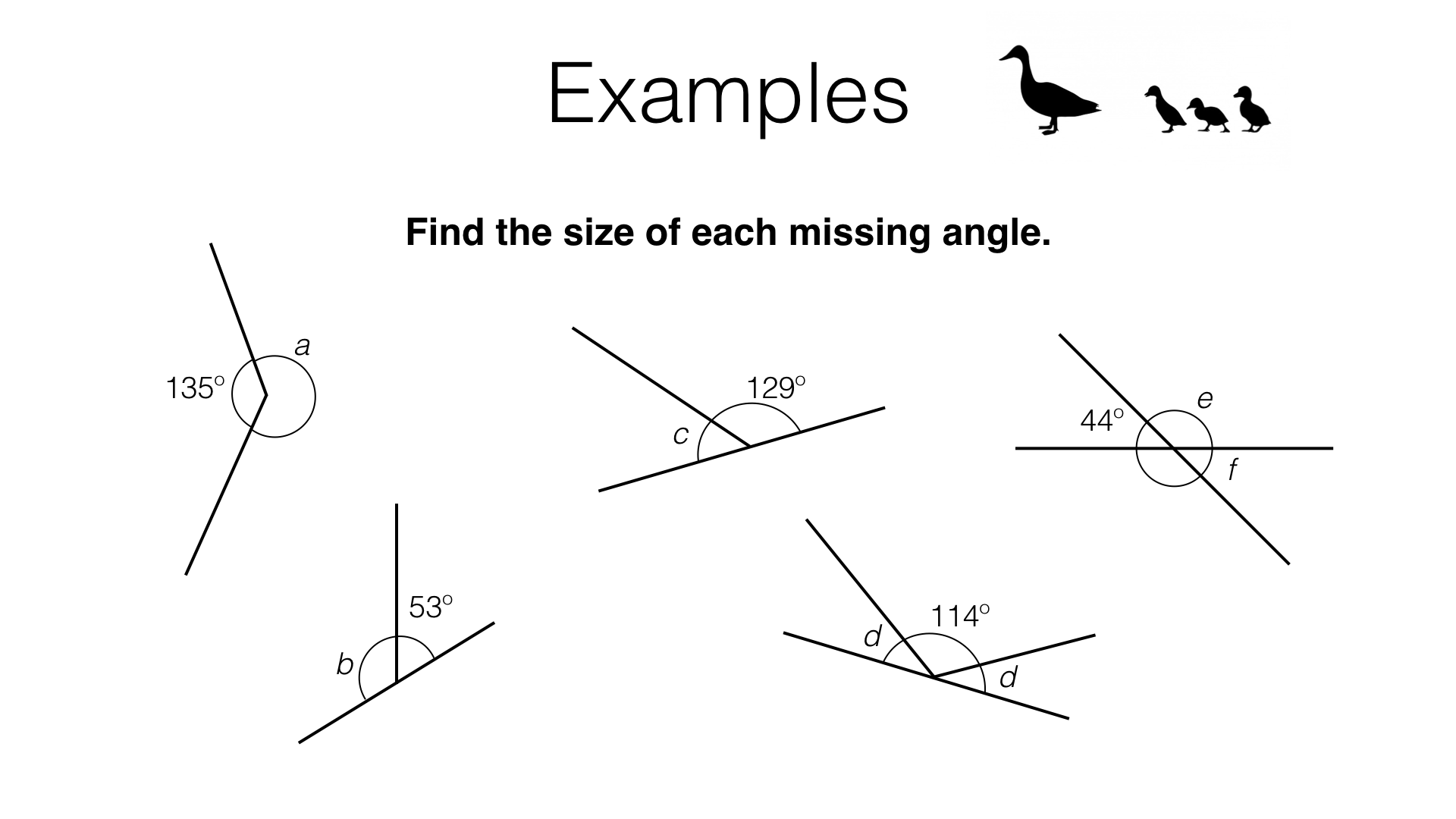
www.owhentheyanks.com
Calculating Angles (A) Worksheet | Cazoom Maths Worksheets – Worksheets

worksheets.clipart-library.com
Worksheet Find The Unknown Angle – Angleworksheets.com
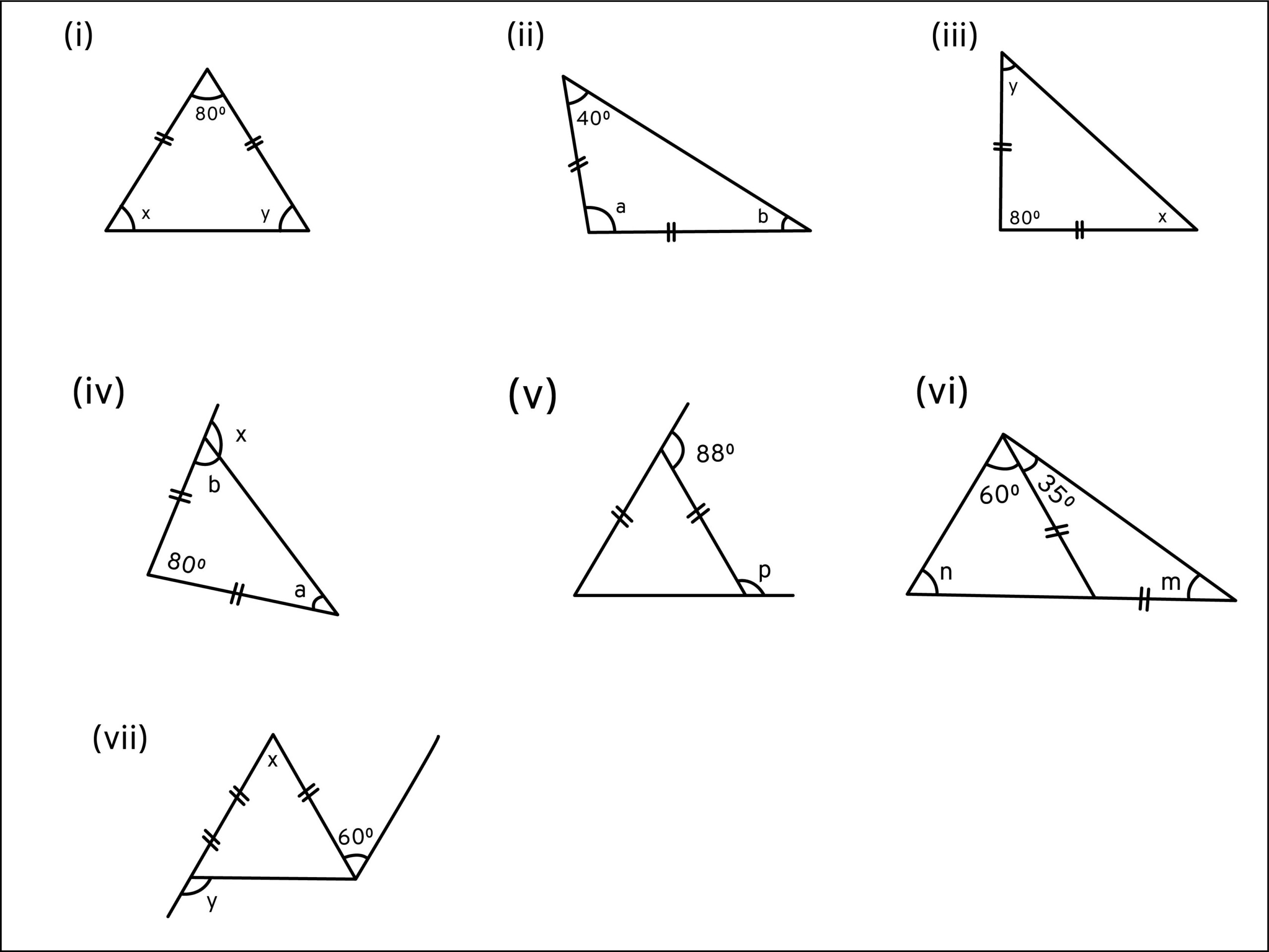
www.angleworksheets.com
Finding Missing Angles Worksheet Pdf

thenext-jobs.blogspot.com
Finding Missing Angles And Sides Worksheet – Angleworksheets.com
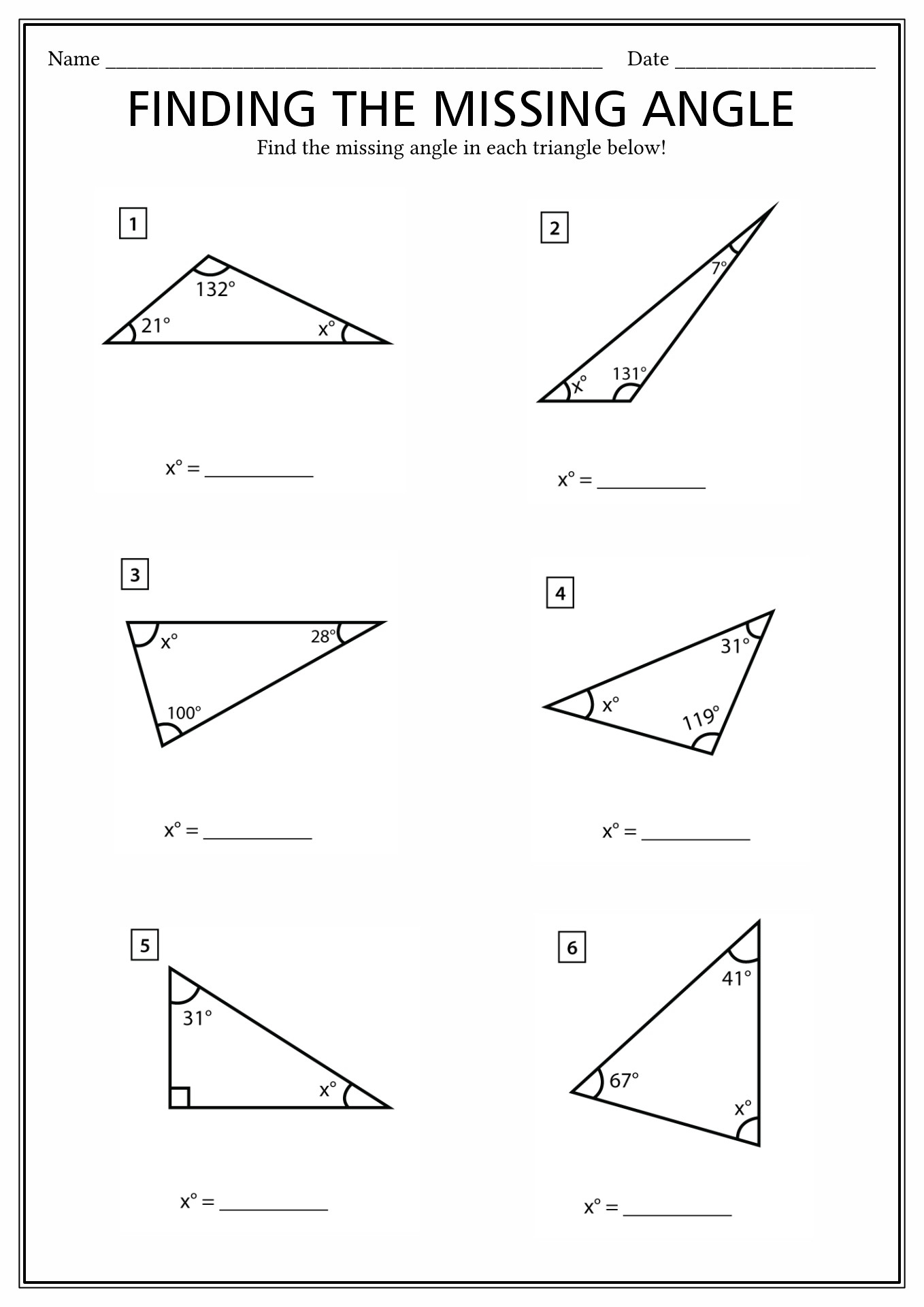
www.angleworksheets.com
5th Grade Geometry – Worksheets Library

worksheets.clipart-library.com
SOLUTION: Finding Missing Angles Worksheet – Studypool – Worksheets Library

worksheets.clipart-library.com
SOLUTION: Finding Missing Angles Worksheet – Studypool

www.studypool.com
Find Missing Angles Worksheet

test2.charteredbanker.com
Calculating Angles (B) (With Clues) Worksheet | PDF Printable

worksheets.clipart-library.com
Trigonometry (B) Missing Angles And Lengths Worksheet | Cazoom

worksheets.clipart-library.com
Missing Angles Parallel Lines Worksheet – Angleworksheets.com
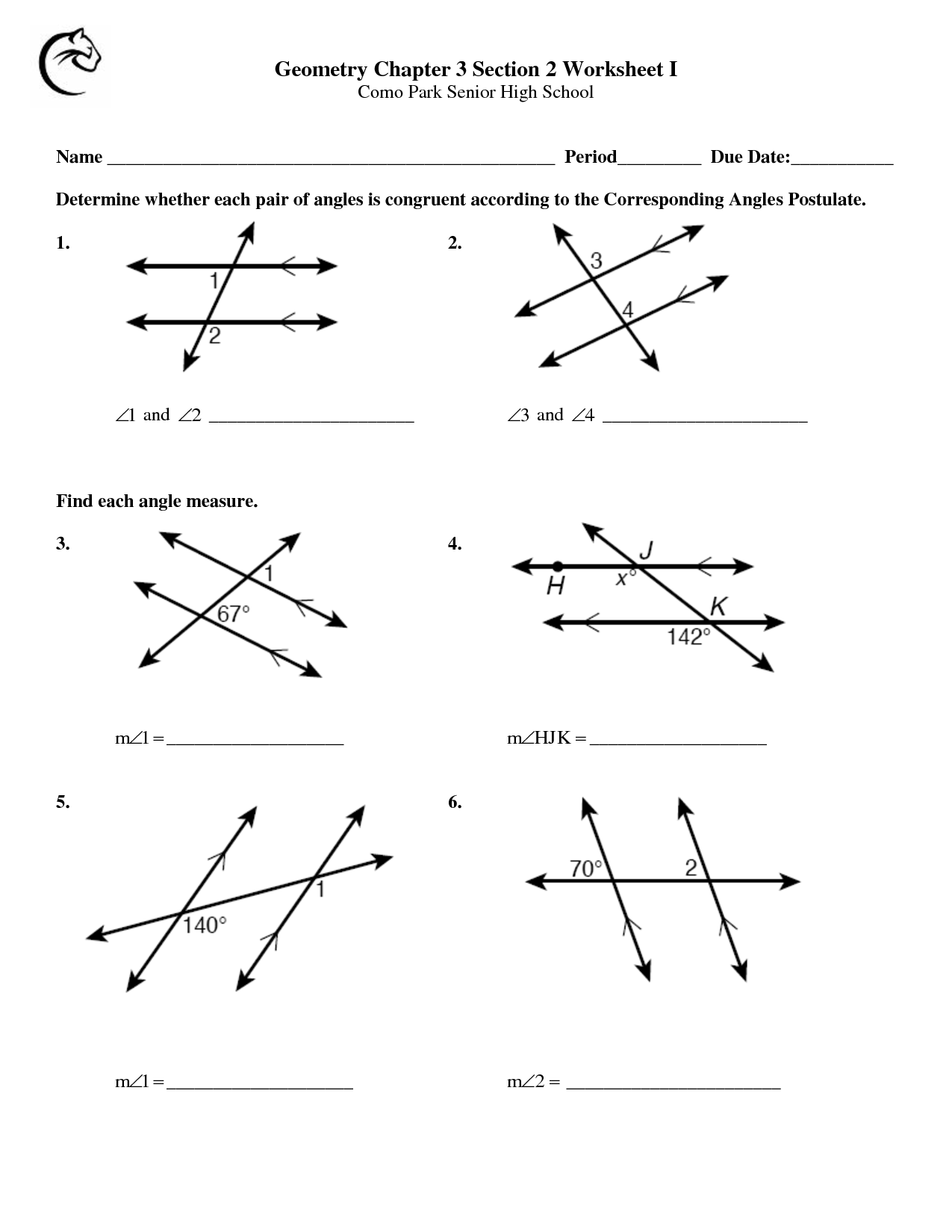
www.angleworksheets.com
Angles On Parallel Lines (B) (With Clues) Worksheet | Fun And
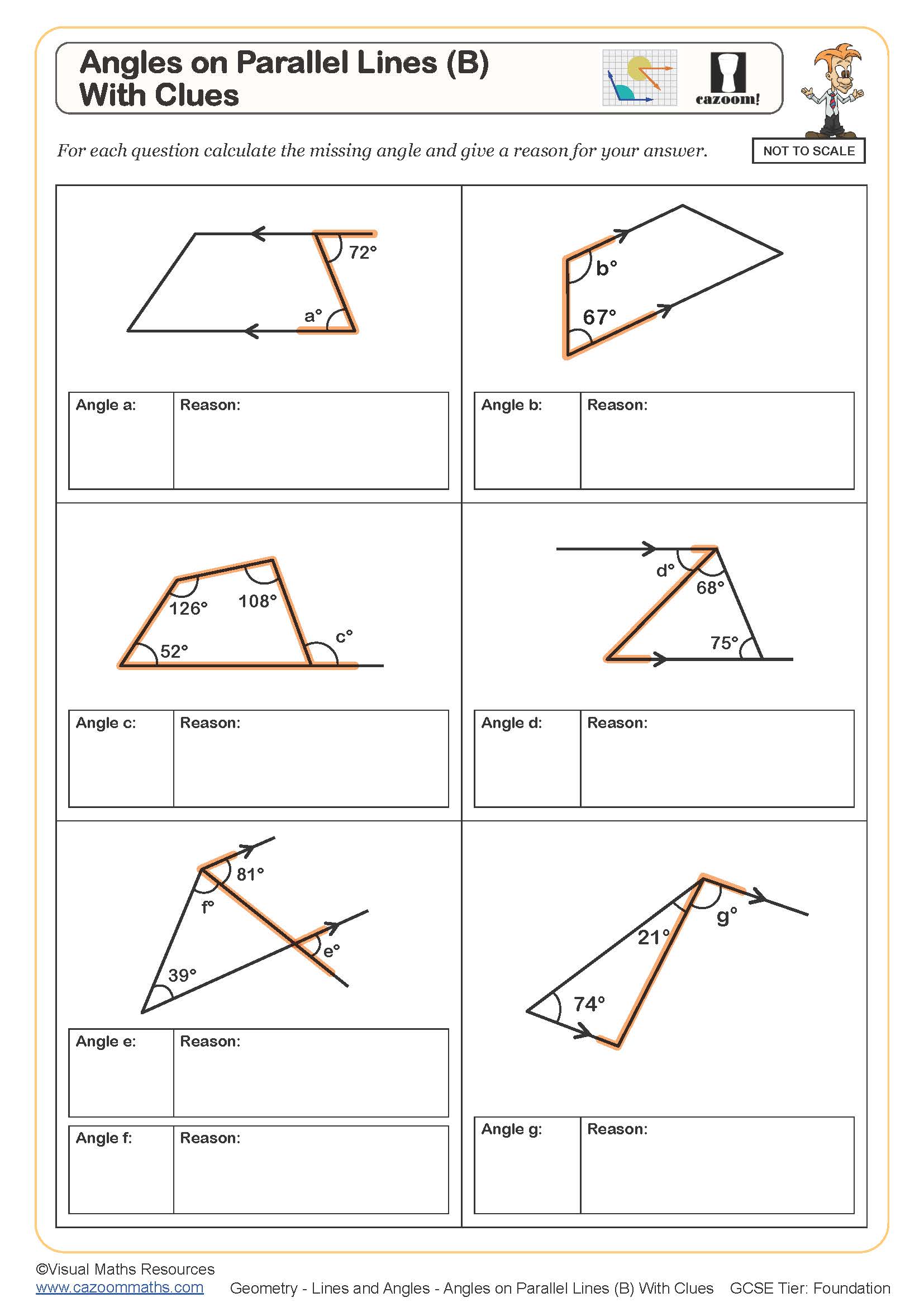
worksheets.clipart-library.com
Dealing With Angles Worksheet Mathbits Answers – Angleworksheets.com
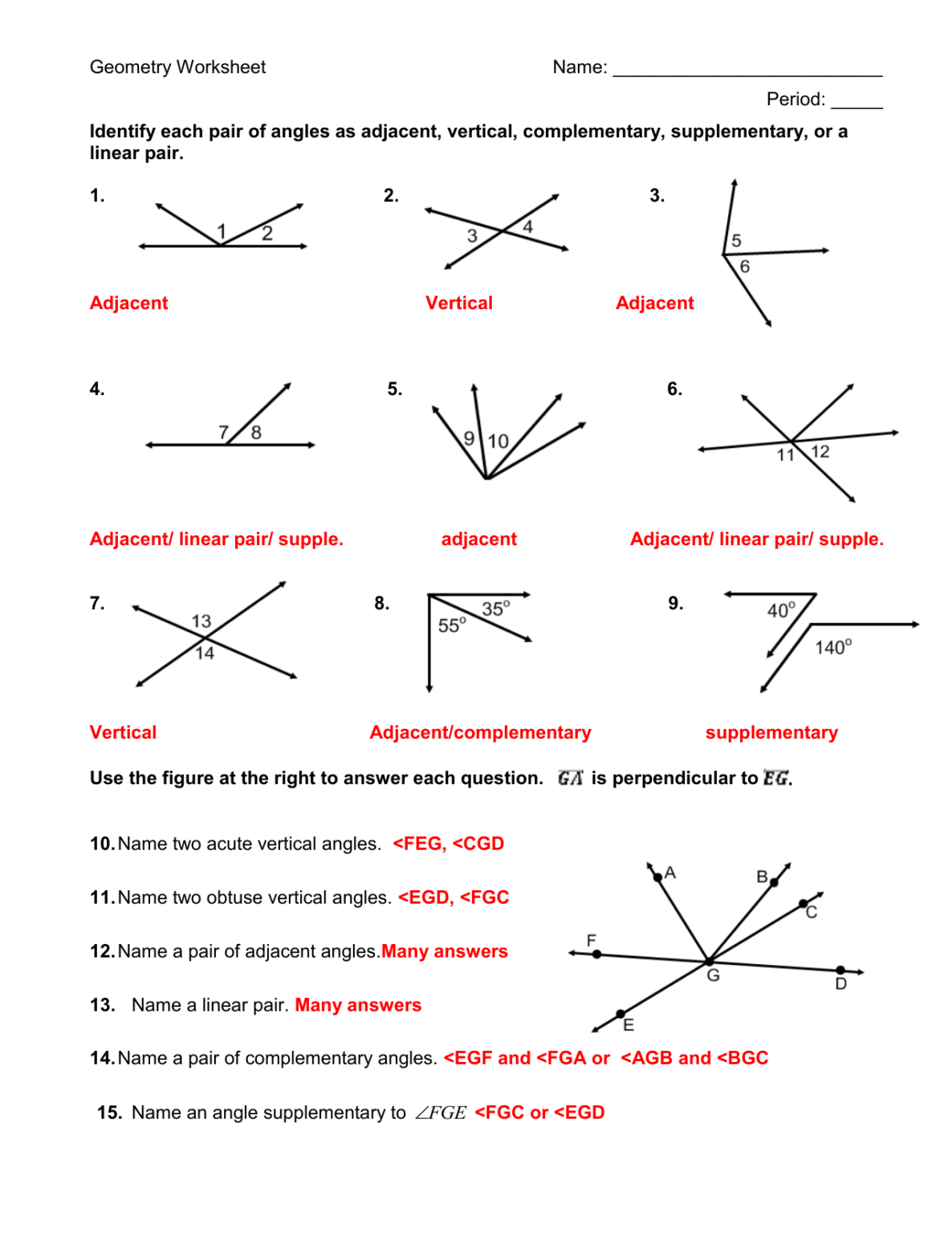
www.angleworksheets.com
Calculating Angles (A) Worksheet | Fun And Engaging Year 6 PDF Worksheets

www.cazoommaths.com
Finding Missing Angles In Parallel Lines Worksheet KS3 Maths
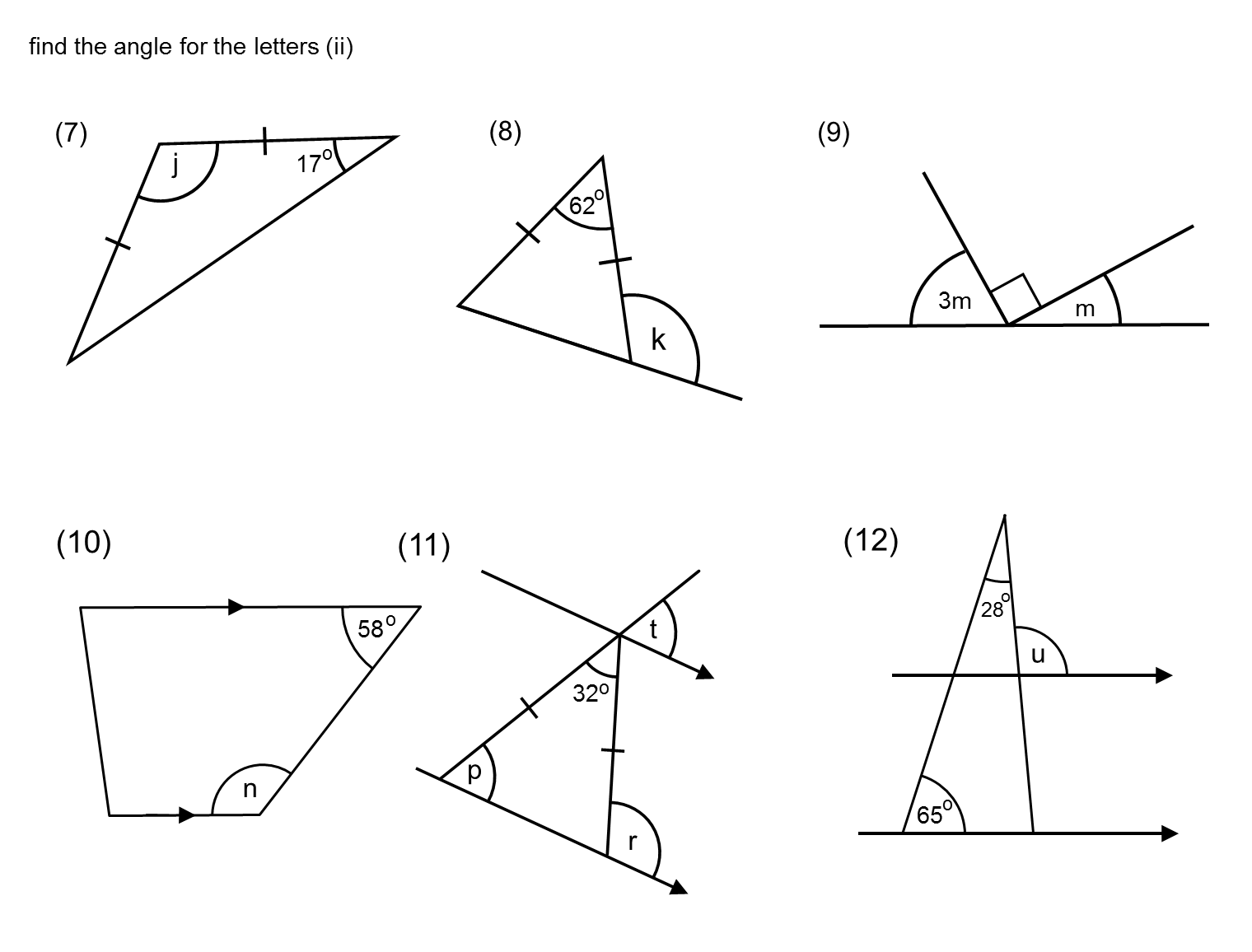
www.angleworksheets.com
Find The Missing Side Of A Triangle Worksheets
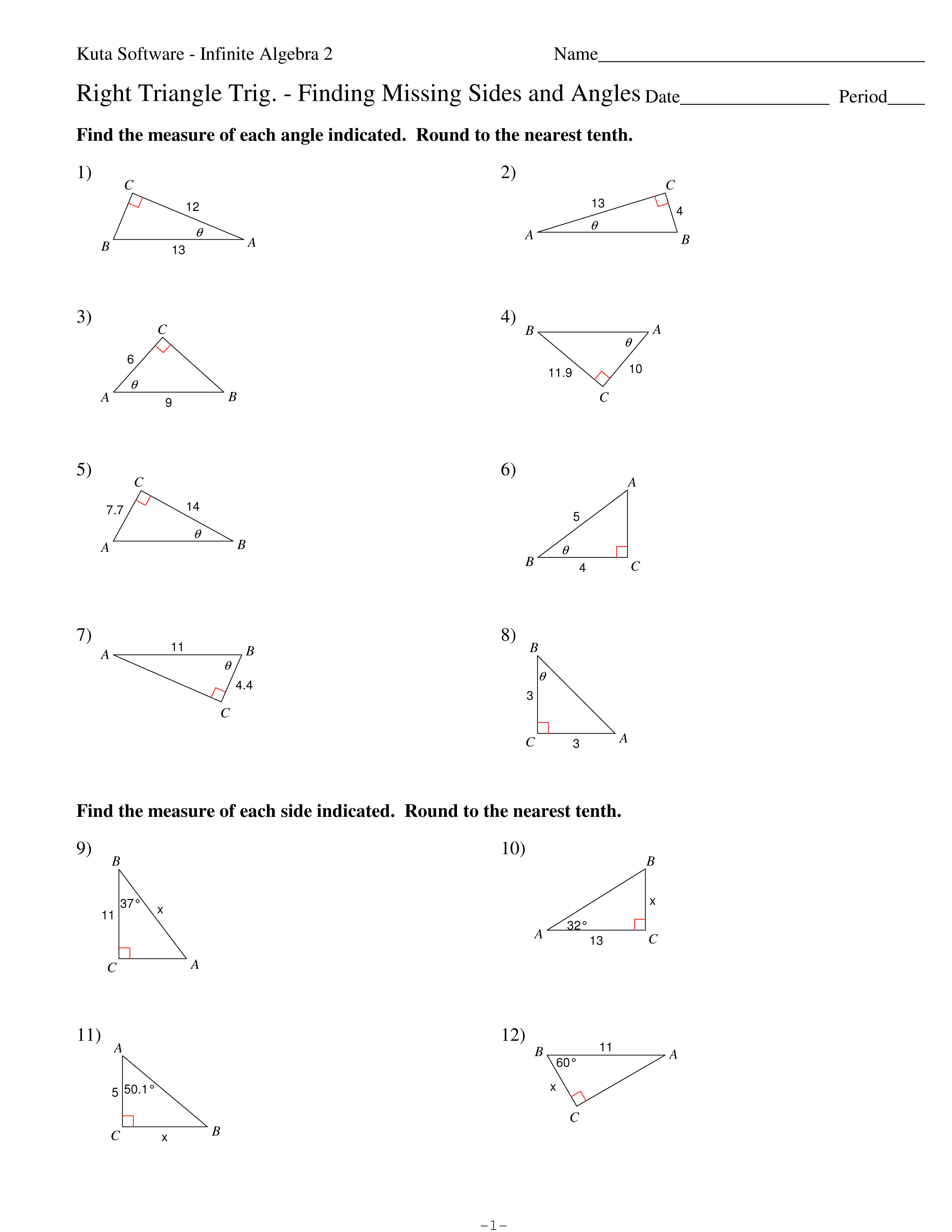
henenta1a0lessonlearning.z13.web.core.windows.net
Find missing angles worksheet. Solution: finding missing angles worksheet. Find missing angles worksheet